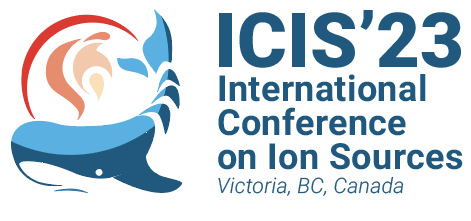Speaker
Description
Ion sources that use low-temperature plasma (LTP) discharges are used in a variety of applications, including ion implantation, mass spectrometry, and plasma processing. In recent years, there has been a growing interest in using particle-in-cell (PIC) modeling to improve the performance and optimization of LTP-based ion sources. PIC modeling is a powerful tool for simulating the dynamics of plasmas because it accurately models the effects of self-consistent fields, charge deposition, plasma chemistry, magnetic confinement, and accurate sheath physics. However, PIC simulations can be computationally demanding, especially for 3D systems.
We present new advances in PIC modeling of LTP ion sources. We focus on two key challenges: 1. Efficient and accurate modeling of plasma chemistry: Plasma chemistry is a complex process that can have a significant impact on the performance of LTP ion sources. We demonstrate using global models to reduce the computational cost of plasma chemistry simulations, and diagnostics for understanding the physics of those reactions. 2. Energy-conserving PIC models: PIC simulations typically require a fine spatial grid in order to resolve the Debye length. This can be computationally expensive, especially for 3D systems. We present a new energy-conserving PIC model implementation that allows us to perform simulations without resolving the Debye length. We validate these methods on two different types of LTP ion sources: a Bernas source and a Penning source. Our results show that these methods can significantly improve the efficiency and accuracy of PIC simulations of LTP-based ion sources.
| Email Address | veitzer@txcorp.com |
|---|---|
| I have read the Code of Conduct to attend ICIS2023. | Yes |

